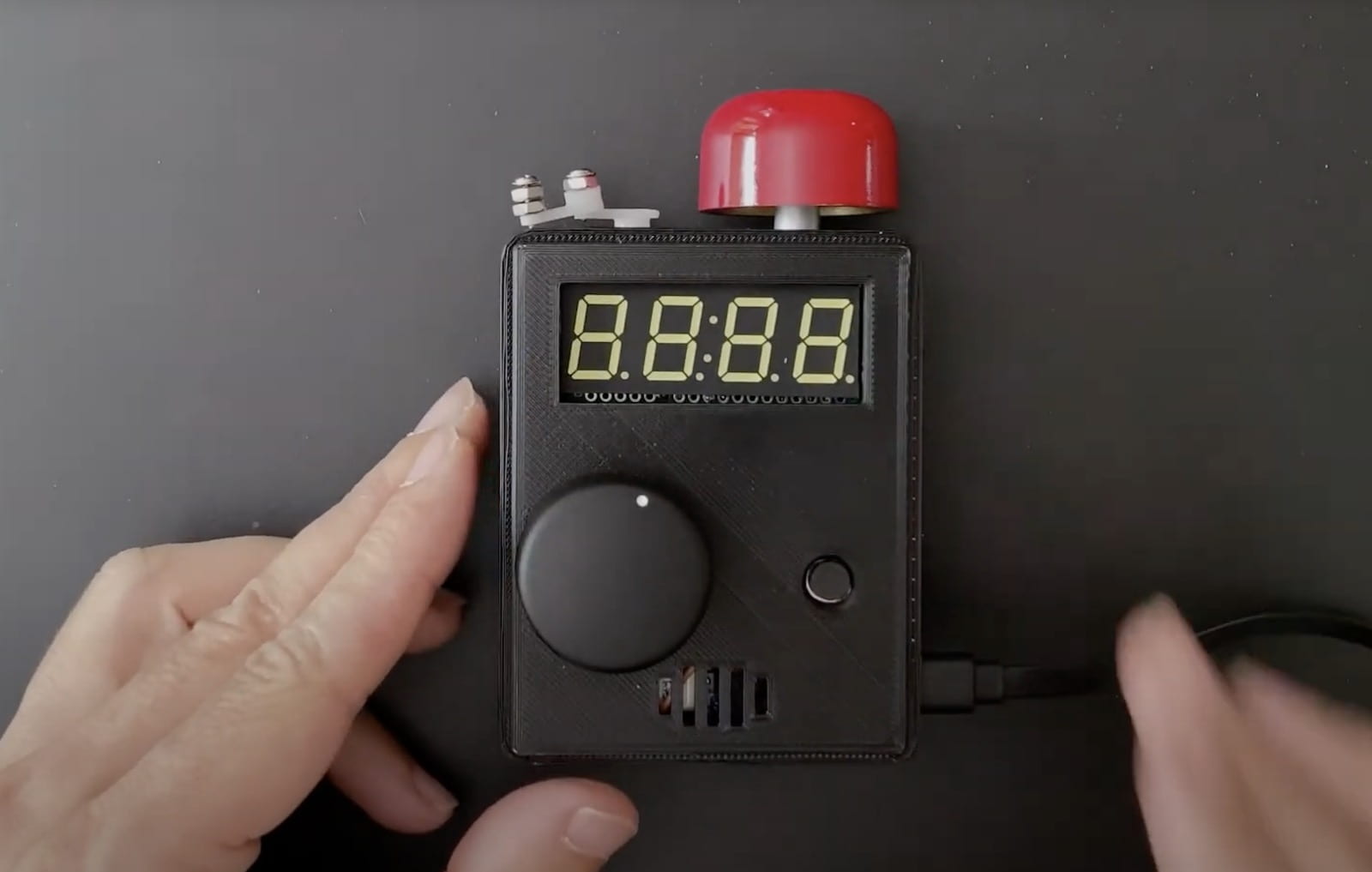From my perspective, I will define interaction as an environment in or with which two actors can listen, think and speak to each other as a cycle. This environment is built with digital code and different elements which themselves remain their identity, which can make it have countless possibilities and also be automated easily.
I find a project which align with my definition named “Shadow Orchestra” created by Peter Vogel. While enjoying this project, audiences can create their own music by the shadow of their hands. The project consists of a control panel which contains 14 photo cells and control electronics and a wall which can reflect the shadow of instruments. This project actually provided an environment where audiences can explore how their actions on their hands influence the music made by the instruments. During the entire process of audiences experiencing the project, the control panel listen by sensing the shadow of audiences’ hands, think by tracking the movements and transforming them into the executing program of activating instruments and finally speak by outputting the music. Meanwhile, the different movements of audiences can lead to the diverse output of the music, which can create countless possibilities for the project. Below is how the project works in real life. Here is the link to the project.
I also find a project which do not align with my definition named “Mind the ‘Uuh’” , an experimental training device, which can remind people by making a sound if they pause by saying “Uuh” when they are giving a presentation. Here is the project created by Benedikt Groß, Maik Groß and Thibault Durand. The red one on the top is the bell which can make sounds when the device detects “Uuh”. The screen shows number will be used as a counter to record the statistics of how often the speaker says “Uuh”. The volume knob below can be used by speaker to control volume of the sound device makes. Here is the link to the project.

Although the project is interactive in some dimensions, its working process involves two parts, the device itself and the speaker who uses this device. The device also interact with the speaker because device listen to the speaker’s voice, think by recognizing and detecting long pauses like “Uuh” when the speaker presenting and finally speak by ringing the bell after the speaker pause and “Uuh”. However, this device does not create an environment where the two actors communicate back and forth as a cycle because during all the process these two actors always interact in the same way from the beginning. During the entire process, the speaker as audience does not actually have enough opportunity to explore the project in his or her own way.